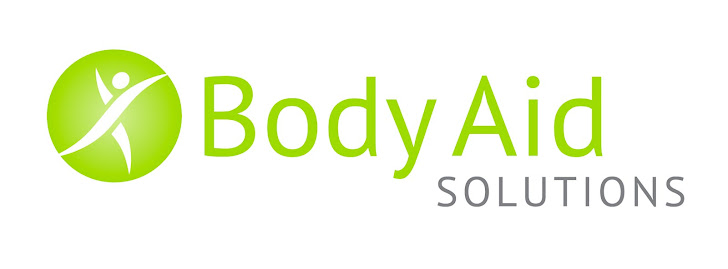 |
| Most iconic image of fitness!? |
Hours and hours of crunches and you end up with nothing but
a bad back and sore abdominal muscle! Are you a believer that to rid yourself of
abdominal fat you must work your abdominal muscles? This stems from the myth
that fat is eliminated from a part of your body if you engage the muscles
underneath the fat. It’s simple you cannot out train a bad diet.
Abs are made made in the kitchen and not the gym, with 80% of the work done whilst we prepare and eat our food. Its all about diet choices. You can never run away from a bad diet, get that right and unlock those hidden ab's!
All those hundreds of crunches and still no sign of your six
pack? That’s right you heard YOUR SIX PACK because
EVERYONE HAS A SIX PACK hidden under layers of
fat. To unlock your potential follow these simple yet effective principles of
this blog, put them alongside a Body Aid MRT workout and you are on your way!!
 If
you want to reduce body fat, you need to start consuming fewer calories than
you expend on a daily basis, simple maths energy output > energy input, in other
words calorie deficit. In time, your body will start converting fat into
usable energy and by doing so fat stores will begin to vanish across your
body. But they won't just magically disappear from one particular place, you
can’t spot train!!
If
you want to reduce body fat, you need to start consuming fewer calories than
you expend on a daily basis, simple maths energy output > energy input, in other
words calorie deficit. In time, your body will start converting fat into
usable energy and by doing so fat stores will begin to vanish across your
body. But they won't just magically disappear from one particular place, you
can’t spot train!!
Alongside a BODY-AID MRT fitness programme, tailored
specifically to your needs and circumstances, nutrition is key; you will begin
to see results and recruit muscle whilst burning your way to your potential and
achieving the body you have always desired.
You can work as hard as you want in the gym trying to burn
away the guilt from your over indulgence, but this will simply lead to
over training and injury. The first step is to make sure you are eating often
enough, when the body goes too long without food, your body kicks into
starvation mode and holds onto those unwanted calories. It is vitally important that you make
breakfast your primary meal of the day in order to kick start your metabolism
and turn your body into a fat burning machine.
Using brekkie as a starting block you should continue to eat
during the day, aiming to eat 4 -5 further small meals containing roughly 300
calories in each, at 3 – 4 hourly intervals. This will ensure that you are
letting your body reach its fat burning potential each time you eat, turning it
into the ultimate furnace.
Alongside training mean with a BODY-AID prescribed exercise
programme you must also eat clean and be prepared. Fail to prepare, prepare to
fail! Plan a menu weekly for your 5 – 6 meals per day and shop only for what you
PLAN. Tip: cling to the aisles with all the fresh produce and don’t venture in
towards the processed rubbish, straying will destroy your dreams and goals.
Example:
Breakfast – 3 eggs (Poached, scrambled, boiled, omelet)
Fish oil, nuts or
berries should be added if possible
Snack – Nuts, fruit or Whey Protein shake
Lunch – Chicken/Tuna/Turkey available at stilton butchers (£25.00 for 5kg!) (Lean protein source) with Salad
or vegetables
Snack – One of previous options (change it up)
Evening meal – Lean meat or fish with Salad or vegetables
Final Snack – a remaining snack option
IMPORTANT: Stay well hydrated with 2 – 3 litres of water a
day
This is a high protein low carb plan, if you wish to
increase your carb intake to support your body’s needs in the gym quinoa or
brown rice are great clean sources of healthy carbs, low in simple sugars
(preventing lows in energy levels) easy for the body to break down.
Any further questions on this subject contact us for our 1 –2 – 1 nutrition assessment, advice and personal training.Keeping you healthy






















